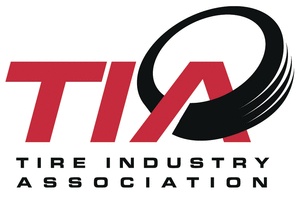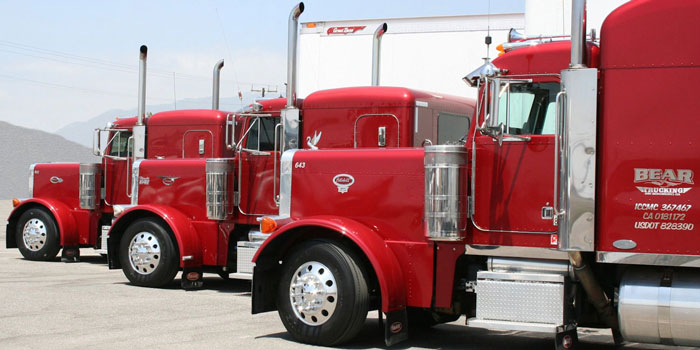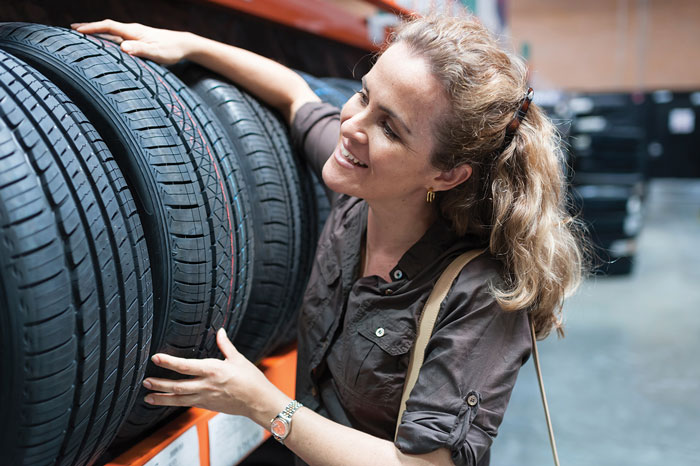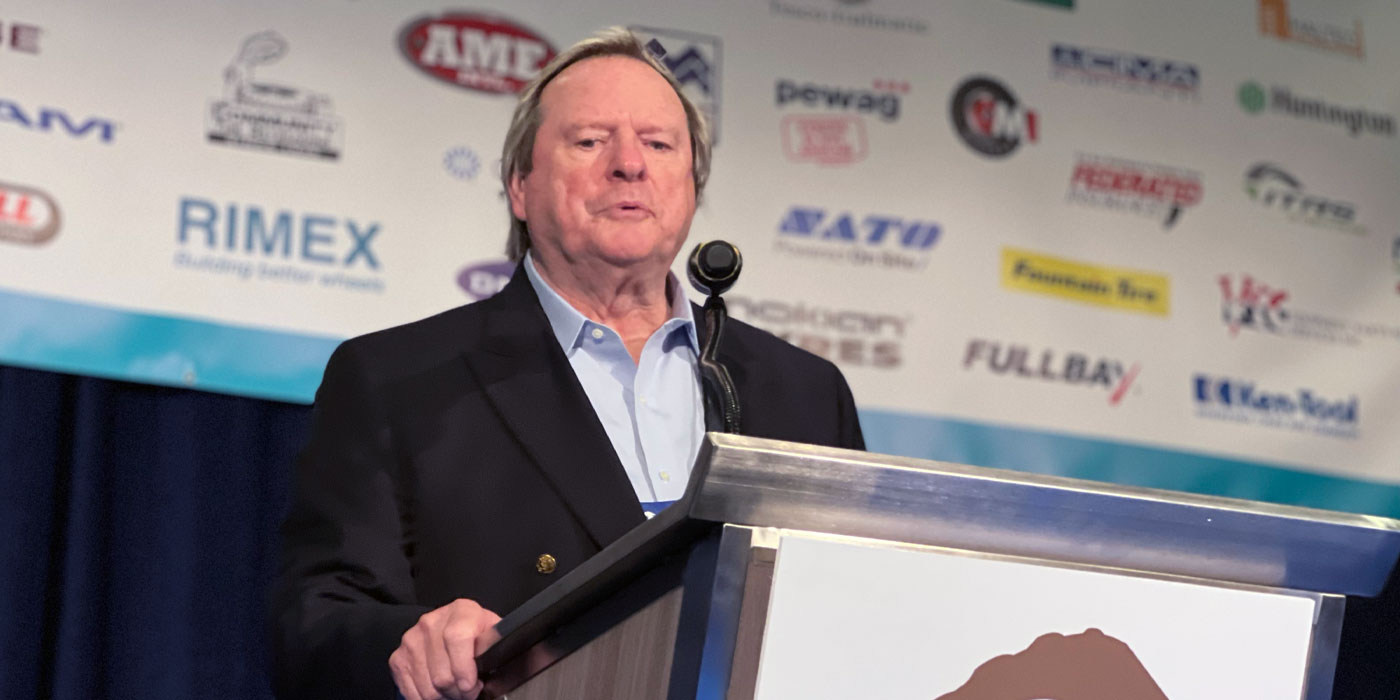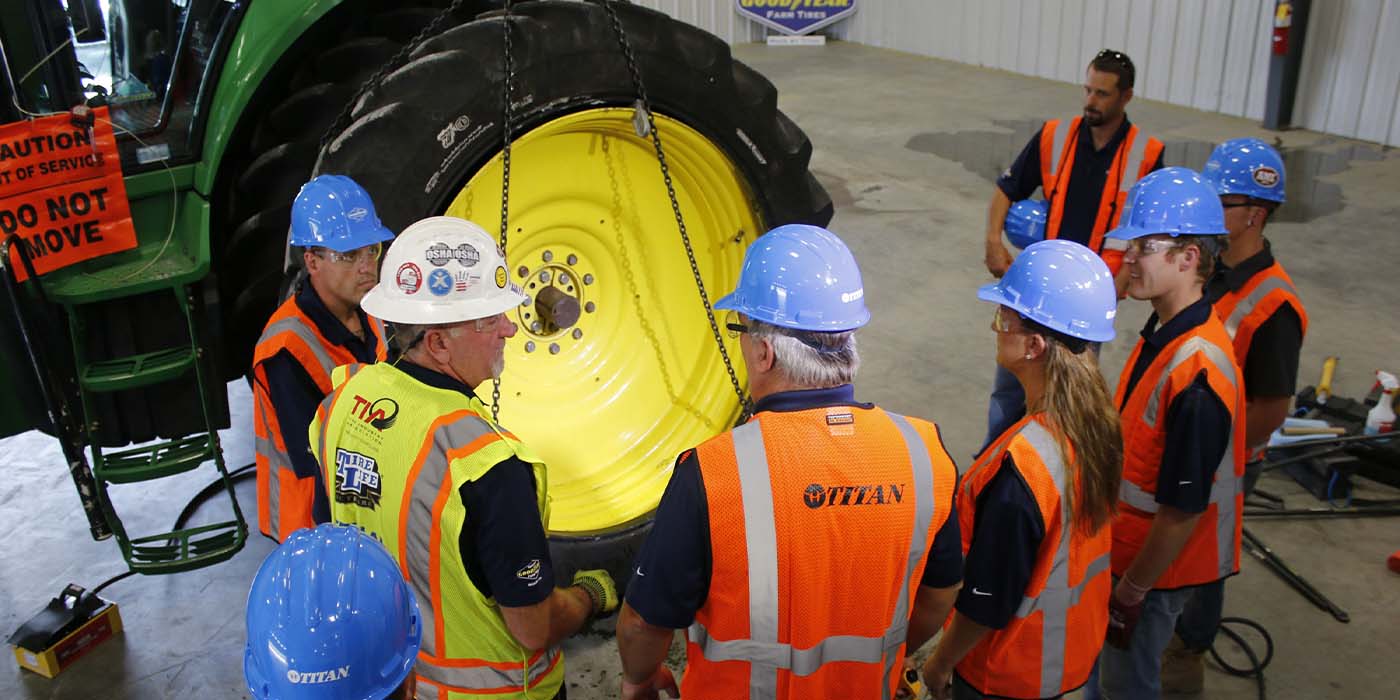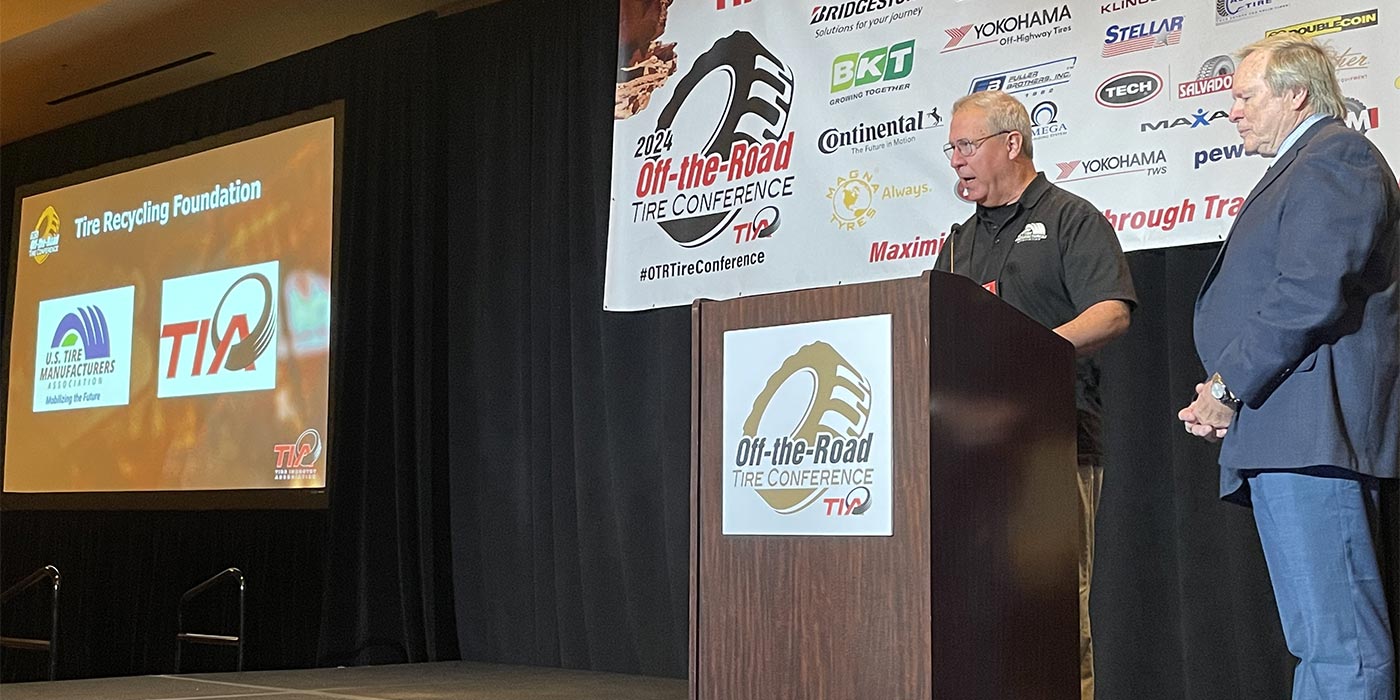In an age where they are under constant attack from new car dealers, national chains and online retailers, the independent tire dealer continues to thrive. Despite increased competition from traditional automotive repair chains, there are still thousands of family-owned and operated tire dealers serving their communities each day. I’ve been representing these businesses in Washington, D.C. for decades. Their stories are incredibly effective when speaking with elected officials for a variety of reasons.
Many of the Tire Industry Association’s Board of Directors are independent tire dealers, a direct reflection of TIA’s membership base. In fact, most of our members are the small “mom and pop” businesses that have been doing business in their communities for years.
When I’m speaking at an industry event, I’ve always said, “Nobody can tell your story as well as you can” because independent tire dealers have such a great story. They are resisting the trends. They are beating the odds. They are hardworking and they are honest. They are the backbone of our industry.
The reasons for success are plentiful. When I asked TIA board member Chris Monroe with Monroe Tire in Shelby, N.C., what he saw as his role in his community, he replied, “We feel as if we are a trusted source for vehicle service. Our dedication to doing things the right way and building relationships over the past 41 years gives us the confidence to feel this way. Our business is still, even with all of the available technology, about those relationships. People will always do business with people. Customers may conduct research and even order online, but at some point, the human contact that we have with our customers is the most valuable pieces of the pie.”
Independent tire dealers have to embrace the prospect of driving traffic into their stores and develop relationships with a new customer base.
According to a recent survey from the American Independent Business Alliance (AMIBA), local business owners and employees often have more knowledge and expertise because they can specialize. Almost all of our Certified Automotive Tire Service (ATS) technicians are employed by independent tire dealers because they see the value in highly trained employees. They are always looking for something to differentiate themselves from the large retailers and the new car dealers.
The small independents are marketing the fact that they have TIA Certified Technicians because they want to be seen as the experts in their communities. The same AMIBA survey revealed that local businesses are superior wealth generators and they tend to give more to community causes.
Another TIA board member, Anthony Blackman of Atlantic Tire & Service in Cary, N.C., has been involved with 45 local non-profits and community-focused organizations over the past 17 years in business. Atlantic Tire recently donated $25,000 to the Children’s Home Society and donates almost 11% of their yearly net revenue to philanthropic causes.
The list of independent tire dealers who contribute to their local communities is endless, so it makes sense that the people in those communities support their local businesses. People like Anthony Blackman are more than just another business owner. He is an integral part of his community.
When Elephants Fight
Today’s world is more complex than ever for the independent tire dealer. Competition is coming from every direction so the philosophy of “adapt or die” has never been more accurate. Monroe believes that the changing mentality of the consumer will be the defining mark of success or failure for the independent dealers.
“Tires get drop-shipped to our location for installation fairly often,” he says. “This is a profitable segment of the business if the consumer is aware of all the services that we provide in one place. More times than not, we are introduced to a new customer through an online purchase they’ve made, and then a relationship begins.
As trust is gained with our customers, we see the online piece becoming more of a research source and then we make the best choice with the consumer. I say ‘with’ because the more you can educate your customers and the more transparent you are, the better for everyone involved.”
The whole concept of purchasing tires on the Internet is difficult for most retailers to embrace. One of the major tire companies has started to sell directly to consumers and bypass their dealer base in the transaction.
The fear of becoming ‘just installers’ is very real, and with recent attempts by the manufacturers to collect all of the tire registration data, that threat is magnified. Now that the genie is out of the bottle, it’s just a matter of time before other tire companies start marketing and selling directly to consumers.
There is an African proverb that says, “When two elephants fight, it is the grass that gets trampled.” While nobody knows what will happen when the second elephant hits the field, everyone knows that tire dealers are the most likely to end up being the grass.
The next generation of tire buyers is wired differently so independent dealers must reach them with messages that they can embrace.
So what’s the solution? I believe that Chris Monroe is onto something when it comes to online sales. A recent Compete/Google study showed that when someone purchases tires on the Internet and takes them to a dealer for installation, there is opportunity for additional services. The data showed that 44% purchased an alignment, 43% came back to pay for a rotation, 35% purchased an oil change, and 24% purchased brakes.
Independent tire dealers have to embrace the prospect of driving traffic into their stores and take advantage of the opportunity to develop relationships with a new customer base. It’s the personal connection that makes a difference, which is why my family has used the same automotive repair facility for years.
We know them and we trust them to maintain the safety of our vehicles. Big box retailers and tire company-owned stores typically don’t have those personal connections with their customers. It’s a major advantage that independent dealers leverage use in order to survive.
Continuing the Fight
Today’s world is moving at an incredibly fast pace that is only going to get quicker. Competition from the national chains, company-owned stores, online retailers, new car dealers and the tire companies themselves is only going to increase in the future.
A lot of independent dealers feel like the grass because they will never be an elephant. They have to invoke the spirit of Mark Twain and remember that it’s not the size of the dog in the fight, it’s the size of the fight in the dog. Family businesses that have been in communities for generations continue to thrive because they are trying to do the right things. They support local charities and contribute to local economies. They invest in technician training and technology. They actually care about their customers, and know that preserving the relationship is the most important factor with every transaction. There is still a lot of fight left in that dog.
Independent tire dealers have a great story and they have to find ways to tell it to their customers. Social media is driving the hearts and minds of a new generation of consumers so there must be a plan to reach those buyers. Dealers have to speak their language, so they need to find someone in that age group to run the social media platforms and not be afraid of new ideas.
The next generation of tire buyers is wired differently so independent dealers must reach them with messages that they can embrace.
The landscape is changing on a daily basis. Independent tire dealers that are open to change and willing to adapt will maintain their customer base and even grow, while those that are not will probably end up as the grass under the foot of an elephant.

